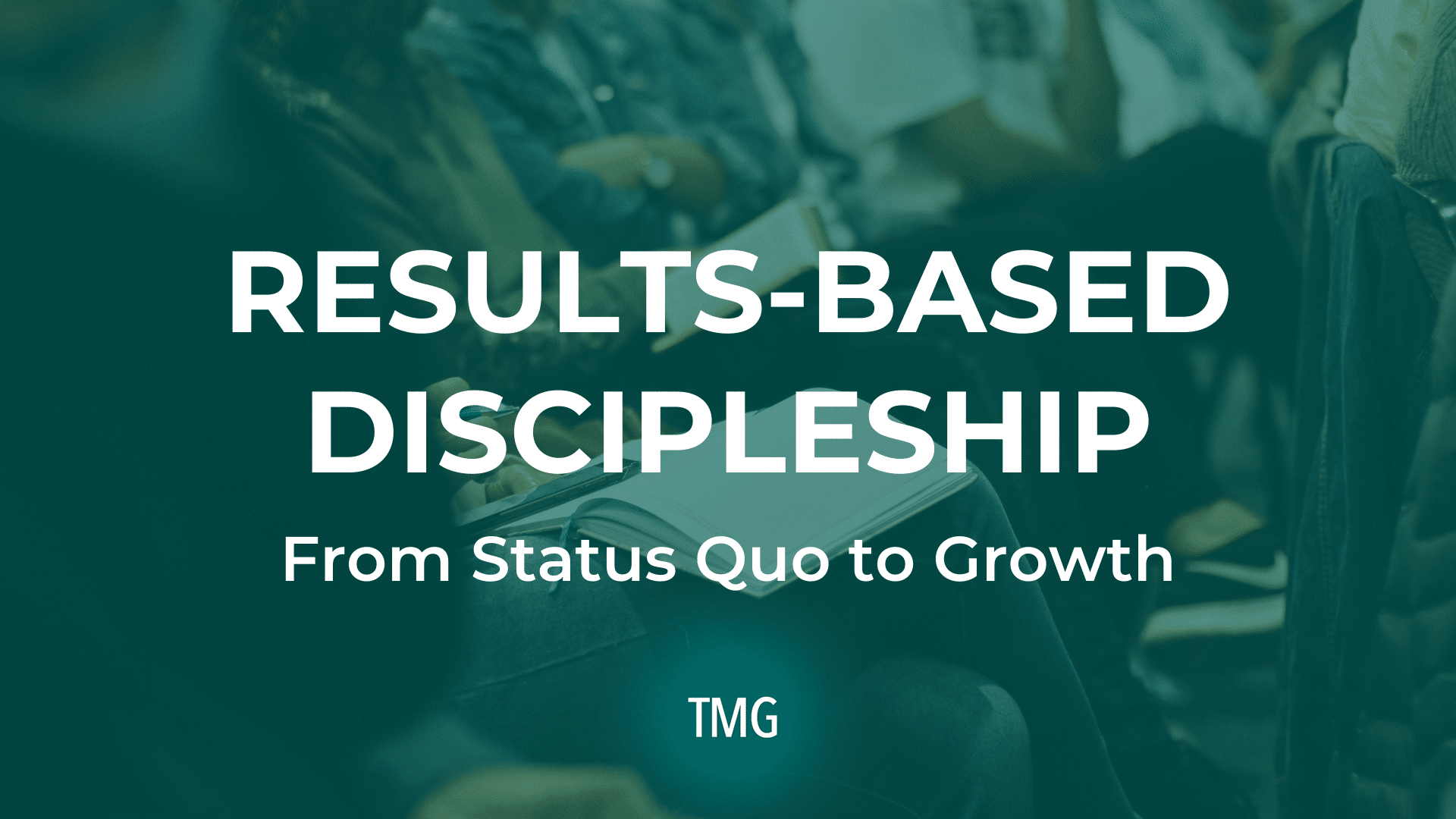Church Revitalization Podcast – Episode 88
Is an ineffective discipleship model a concern for you in your church? We’re constructing results-based discipleship today on the Church Revitalization Podcast.
Watch the video version of this episode on YouTube, or stream the audio below. Subscribe to the podcast and never miss an episode!
Define the Results
Would you know a mature disciple if you saw one? Although you may not be able to tell just by looking at someone, their behavior may provide some clues. In the context of helping people mature in their faith there is one thing we need to remember as church leaders. We (the Church) can only provide opportunities for people to mature. There is still responsibility on the part of the individual and the Holy Spirit to facilitate maturity.
Of course, someone who displays the fruits of the spirit may be a maturing disciple. The problem with that, again on the part of the Church, is that we cannot program maturity in the fruits of the spirit. A class on love or patience or joy will never produce results. For that, we must let the Holy Spirit do what the Holy Spirit does.
So, let’s ask a new question. What characteristic actions of maturity might we be able to see people participate in that may help them grow in their faith? For the answer to that question, let’s look at Acts chapter 2. In the church at Jerusalem in the first century we see the believers doing six things: worship, fellowship, prayer, studying God’s Word, service, and evangelism.
How would your church look if you designed it to facilitate those same actions in your congregation? If your people consistently did those things, might they grow in maturity? If so, then those would be good results to design discipleship around. Keep reading.
Design for Results
If the characteristic actions of maturity found in Acts chapter 2 are the results we’re after, then we need to design ministries in the church to achieve those results. We call that framework the Discipleship Pathway, and it’s a central part of our Strategic Envisioning process.
Most churches start with predetermined means and try to shoehorn the ends. It never occurs to some church leaders that there may be a better way of doing things. Or even doing anything different at all! If you’ve ever asked yourself how you could make Sunday School or Wednesday night better, you may be ready for results-based discipleship. To do that, start with the ends, and relentlessly evaluate your means. This is the challenge so many churches during covid were not able to overcome, and are struggling with now. By far the greatest discovery for churches during Covid was that they hadn’t discipled their people to a point of maturity that would keep them connected to their faith when the church doors were closed indefinitely.
Train for Results
Your discipleship model is only as effective as your volunteer and staff teams. You won’t achieve the outcomes you want to see if you fail to hold your leaders accountable to the process. If your budding small groups ministry is supposed to be praying intently for each other, and serving together monthly, but all they really end up doing is eating and having fun, you have a leadership training issue.
Training is not a one-and-done operation. It’s ongoing. It’s a culture that you need to cultivate in the church through a combination of systems and relationships. In our Leadership Pipeline Design workshop, we help churches stratify leadership, clarify competencies, and develop systems for maximizing the potential of staff and volunteers.
Measure for Results
Don’t hyper-focus on attendance. Rather, judge your effectiveness on whether or not you see the characteristics of discipleship increasing in your church. Can you find objective measurements for subjective processes? Yes and no. You can measure progress or indicators that discipleship is occurring at scale, but individual growth is harder to measure. The key is to ensure that you measure things that are most likely to indicate progress, and not get distracted by vanity metrics that are unlikely to measure discipleship growth.
Weekly worship service attendance is something that you should be counting, but it is not the most important measure. Are you connecting with guests? You’ll know if your guest connect cards are increasing. Measuring for an increase of engagement at every step of your discipleship pathway not only shows if you’re succeeding, but it may also show if you have a bottleneck somewhere, or perhaps a communication issue. Measures will change over time, but you have to start somewhere.
Your church can become a place where disciples become disciple-makers. Take the time to evaluate whether what you’re doing now is truly effective or just comfortable.

A.J. Mathieu is the President of the Malphurs Group. He is passionate about helping churches thrive. A.J. lives in the Dallas/Ft. Worth Metroplex, enjoys the outdoors, and loves spending time with his wife and two sons. Click here to email A.J.


